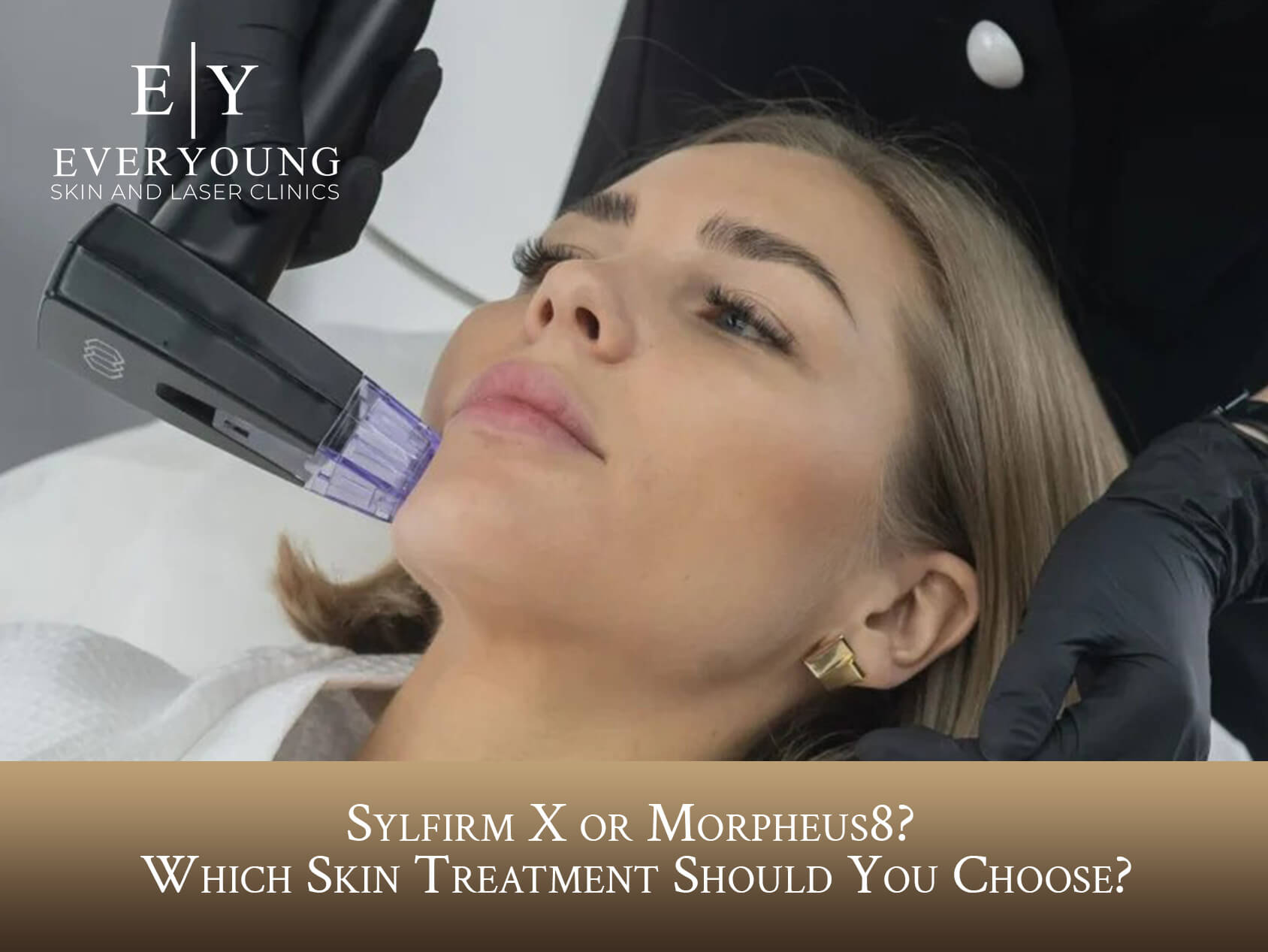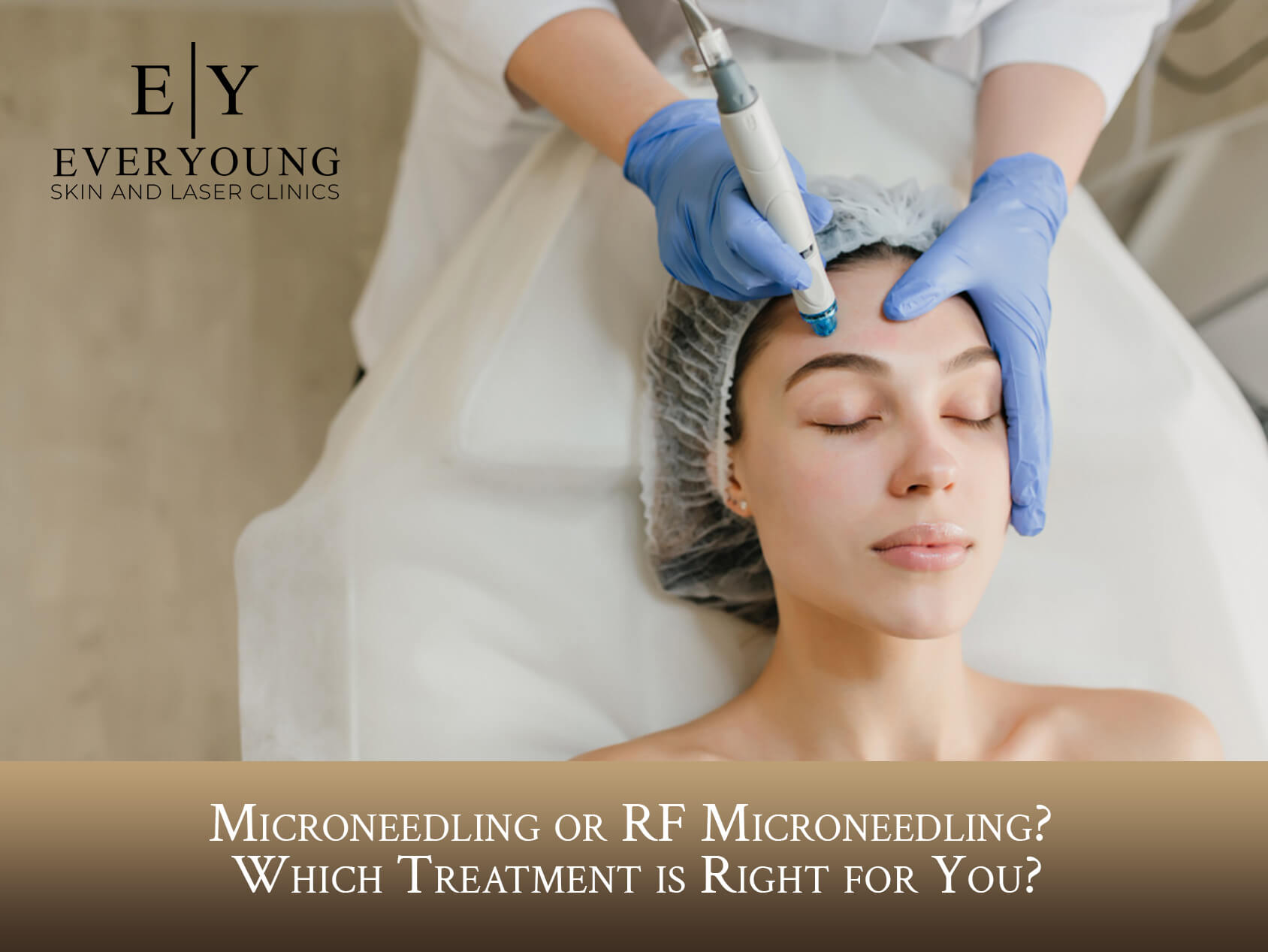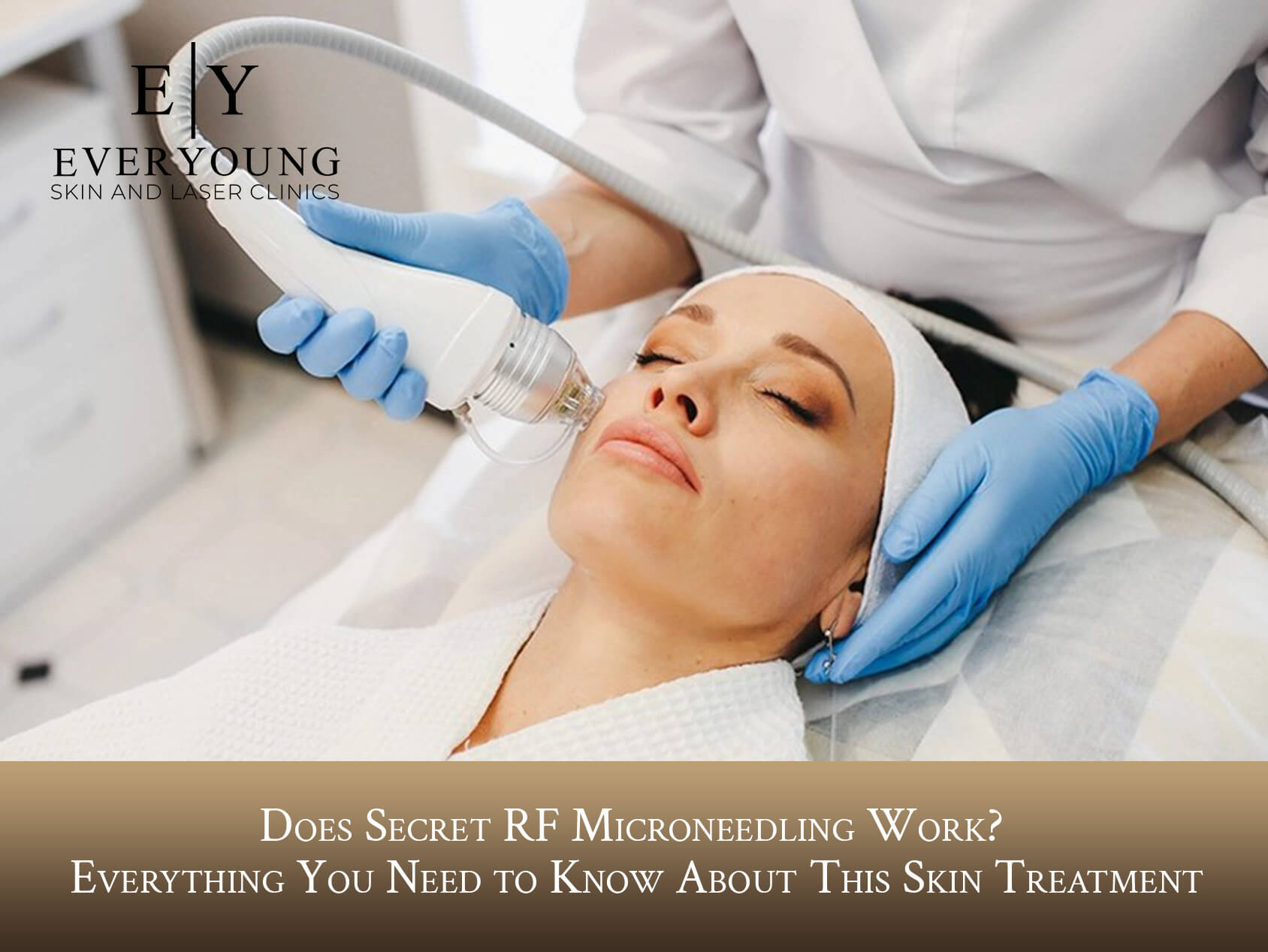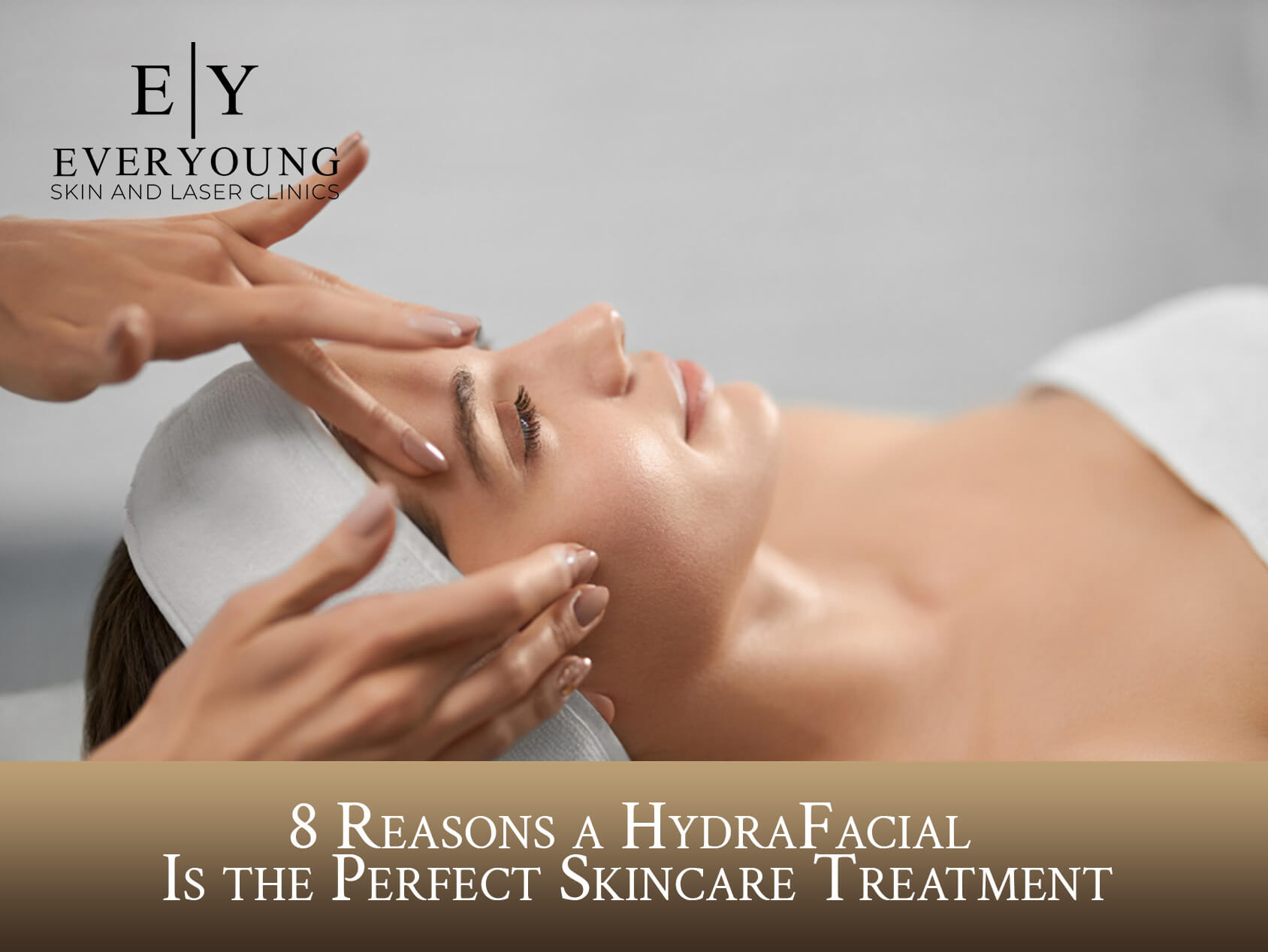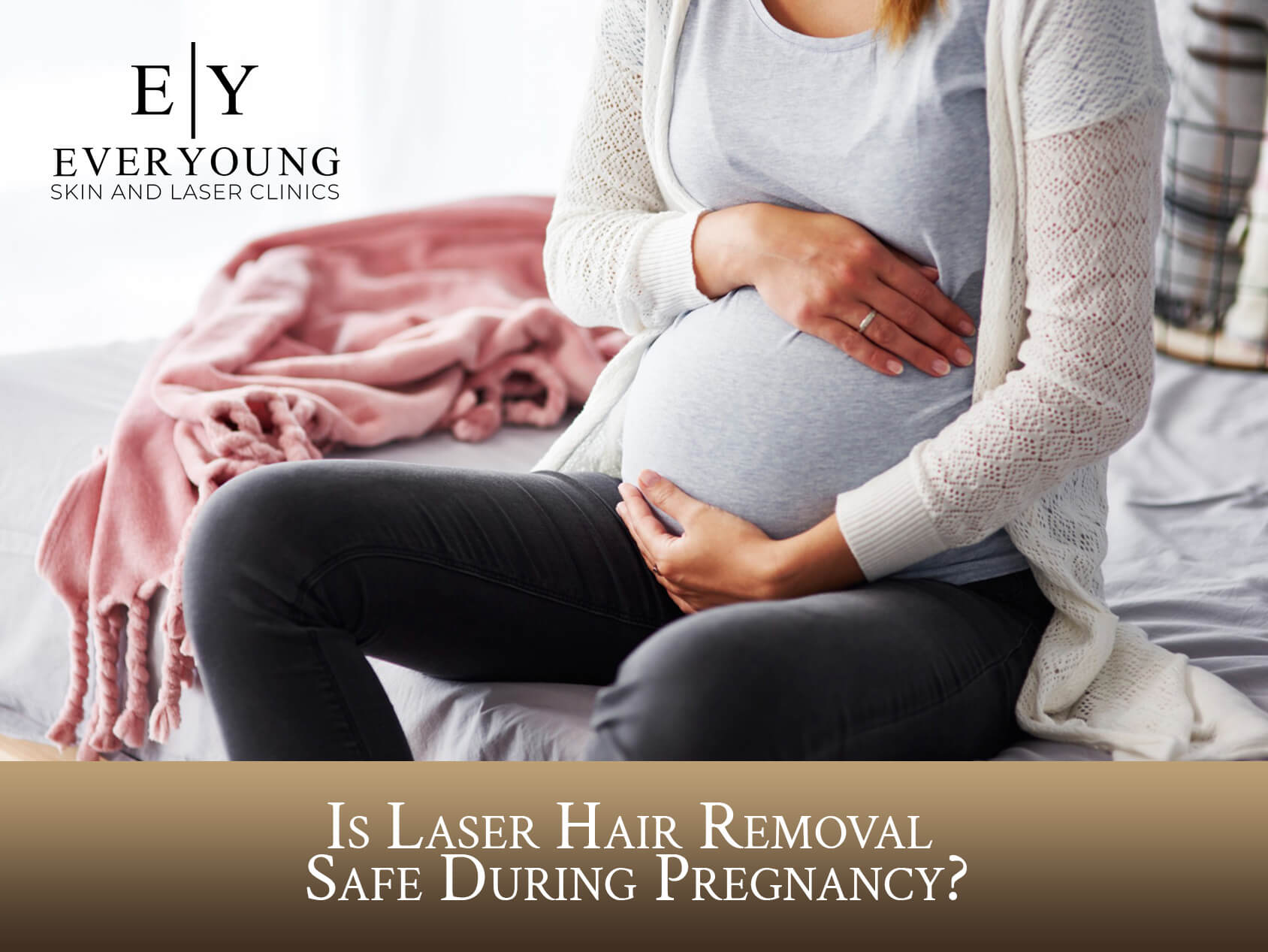In the world of non-surgical skin rejuvenation, Morpheus8 and Ultherapy are two popular treatments that promise youthful, tight, and smooth skin. Both procedures leverage advanced technology to combat signs of aging, but they utilize different methods and have distinct benefits. Understanding the differences between Morpheus8 and Ultherapy can help you choose the right treatment for your skin concerns.
What Is Morpheus8?
Morpheus8 is a cutting-edge treatment that combines microneedling with radiofrequency (RF) energy. This dual-action approach allows it to penetrate deeper into the skin, stimulating collagen production while also tightening the skin. The device delivers RF energy through micro-pins, resulting in less downtime and quicker recovery compared to traditional surgical options. Morpheus8 is particularly effective for facial rejuvenation, treating fine lines, wrinkles, and sagging skin.
What Is Ultherapy?
Ultherapy, on the other hand, is a non-invasive ultrasound treatment designed to lift and tighten the skin. It works by delivering focused ultrasound energy to the skin’s foundational layers, stimulating collagen production without damaging the skin’s surface. Ultherapy is FDA-cleared for lifting skin on the brow, neck, and under the chin, making it a popular choice for those looking for a subtle lift without surgery.
Key Differences
1. Technology Used
Morpheus8 uses microneedling combined with RF energy, targeting both the surface and deeper layers of the skin for comprehensive rejuvenation.
Ultherapy employs ultrasound energy, focusing on the deeper layers of skin while leaving the surface intact.
2. Treatment Depth
Morpheus8 can penetrate deeper into the skin, allowing it to address concerns such as deep wrinkles and sagging.
Ultherapy primarily targets the SMAS (superficial musculoaponeurotic system) layer, effective for lifting but may not address surface issues as effectively.
3. Downtime
Morpheus8 generally has minimal downtime, with most patients experiencing redness and mild swelling that typically resolves within a few days.
Ultherapy also offers minimal downtime, but some patients report temporary swelling or tenderness.
4. Results and Longevity
Morpheus8 results can often be seen immediately, with continued improvement over several weeks as collagen continues to develop. Results can last up to a year or more, depending on individual skin types and maintenance treatments.
Ultherapy results may take time to appear, as collagen production is gradual. Results can last for up to two years, making it an excellent option for those looking for a long-lasting lift.
Which Treatment Is Right for You?
Choosing between Morpheus8 and Ultherapy depends on your specific skin concerns and goals. If you’re looking for comprehensive rejuvenation, including skin tightening and improving skin texture, Morpheus8 may be the better option. Conversely, if you desire a subtle lift with minimal downtime, Ultherapy could be more suitable.
Consult with a Professional
Before deciding on a treatment, it’s crucial to consult with a qualified professional at a skin clinic. They will assess your skin type, discuss your goals, and recommend the best treatment option for you. A personalized approach ensures that you receive the most effective care tailored to your needs.
Discover the Best Non-Surgical Skin Treatment for You
Both Morpheus8 and Ultherapy offer effective, non-surgical solutions for skin rejuvenation, each with its unique benefits. By understanding the differences between these two treatments, you can make an informed decision that aligns with your beauty goals. If you’re considering Morpheus8 or Ultherapy in Vancouver, schedule a consultation with EverYoung Medical Aesthetic Centre – Downtown Vancouver Laser & Cosmetic Skin Care Clinic to learn more about these innovative treatments and how they can help you achieve youthful, glowing skin.




